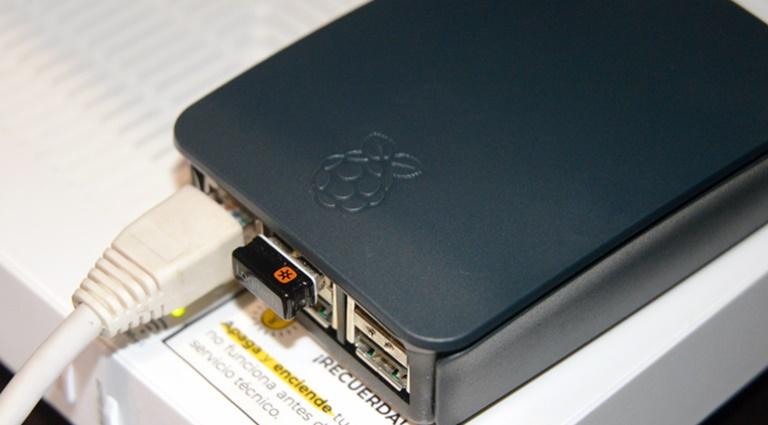Create our own private cloud? It may sound strange, but with the different situations of information loss, it does not seem like such an unreasonable idea to consider the option of setting up our own file storage system and having it accessible from anywhere through the Internet. Do you want to know how it is done? Well, turning a Raspberry Pi into a NAS.
You will have your own personal cloud
Every day we have more online services, with scattered information that is often difficult for us to gather or use from different devices. That is why on many occasions the interesting thing is to be able to create our own storage system. It is what we are going to do in order to make your personal cloud to have control of your files and the versatility that the cloud offers us.
Because nobody doubts the comfort of using storage services on the Internet, but if you also create your own cloud with a NAS, you will have a space under your control tailored to your needs. And you will also be more independent before jugs of cold water such as goodbye to the unlimited storage of Google Photos, for example.
Thus, the organization of digital files practically resembles that of paper documents: with folders with clear names, an orderly structure is achieved that is very useful when searching for specific documents. The more folders there are, the more shelves are needed. For digital documents, filing cabinets become file folders and file spaces become storage media such as USB hard drives, SD cards, CDs, or cloud servers.
so you can do it
To achieve this we can follow two paths. Use a computer connected to the network with free software, or use a NAS device, as we are going to talk about today, to create our storage cloud. This mp is nothing more than a small computer with one or more hard drives and software to use it.
To do this, and with the help of your Raspberry Pi, for it to work as a network storage server or NAS you need to carry out a series of steps such as the following:
- Install the Raspberry PI OS operating system.
- Install Open Media Vault.
- Create an SSL certificate for secure connections.
- Prepare the disks or USB drives.
-
Share folders on USB drives.
- Create users to access the NAS.
-
Enable services to connect to the NAS.

Once we have all these pieces to create our cloud, you can install it with different possibilities, but the OpenMediaVault application, licensed under GPLv3, has practically become the standard. And now you can proceed to its installation.
Steps for easy setup and installation
- The first thing you should do is get the proper operating system and install it from an external computer. From the Source Forge website you can find the image files corresponding to each version of Raspberry Pi. All you have to do is download it and write it to the SD memory.
- In the next step, you need to have your computer peripherals (keyboard, mouse, and monitor) connected. To do this, start the Raspberry Pi and follow the steps to finish the installation process until the system asks you for login data. In this instance, enter the following data: Username: root. Password: openmediavault.
- The standard keyboard configuration will be in English, so you must modify that aspect, this is achieved by the following command: dpkg–reconfigure keyboard-configuration
- To prevent unauthorized third party access to server settings, enter the following command: passwd.
- Now all you have to do is enter the new password twice and confirm with the Enter key, after which you will get the message Password updated successfully.
- Subsequently, you will have to register in the web interface. Here you need a computer apart from the Raspberry, which must be connected to the same network. Then enter the IP address of the NAS server in the browser’s address bar. The credentials are: Username: admin. Password: openmediavault.
- You will also need a certificate to be able to secure the network using SSL. To create it, go to Systems, open the Certificates option and click on SSL, then press Add and Save in the pop-up window that will appear. You just have to enable the certificate in the general settings and save the changes made.
- Next we will have to connect the storage media (hard drives or USB sticks) to the Raspberry Pi NAS and configure them in the web interface. By means of the Data storage option in the File system section you will be able to see the real hard drives connected to the Raspberry Pi.
- In the access control option you will have the possibility of adding partitions to the storage units to keep your files organized. To do this, click on Shared folders and press the Add option. From there you find the Home directory, from where you can configure the paths to the folders the way you want.
With all the settings done, all that’s left to do is connect to the server.
The methods vary from one operating system to another:
- For Linux, for example, you will access the file manager and select the option “Connect to server”, then enter the prefix “sbm://” followed by the IP address of the server.
- To be able to connect Windows to the NAS server, simply open Windows Explorer and enter a double backslash “”, before the IP address.













